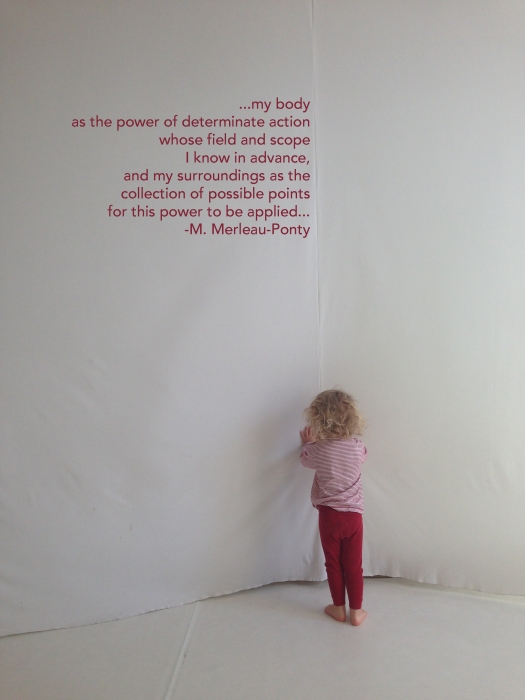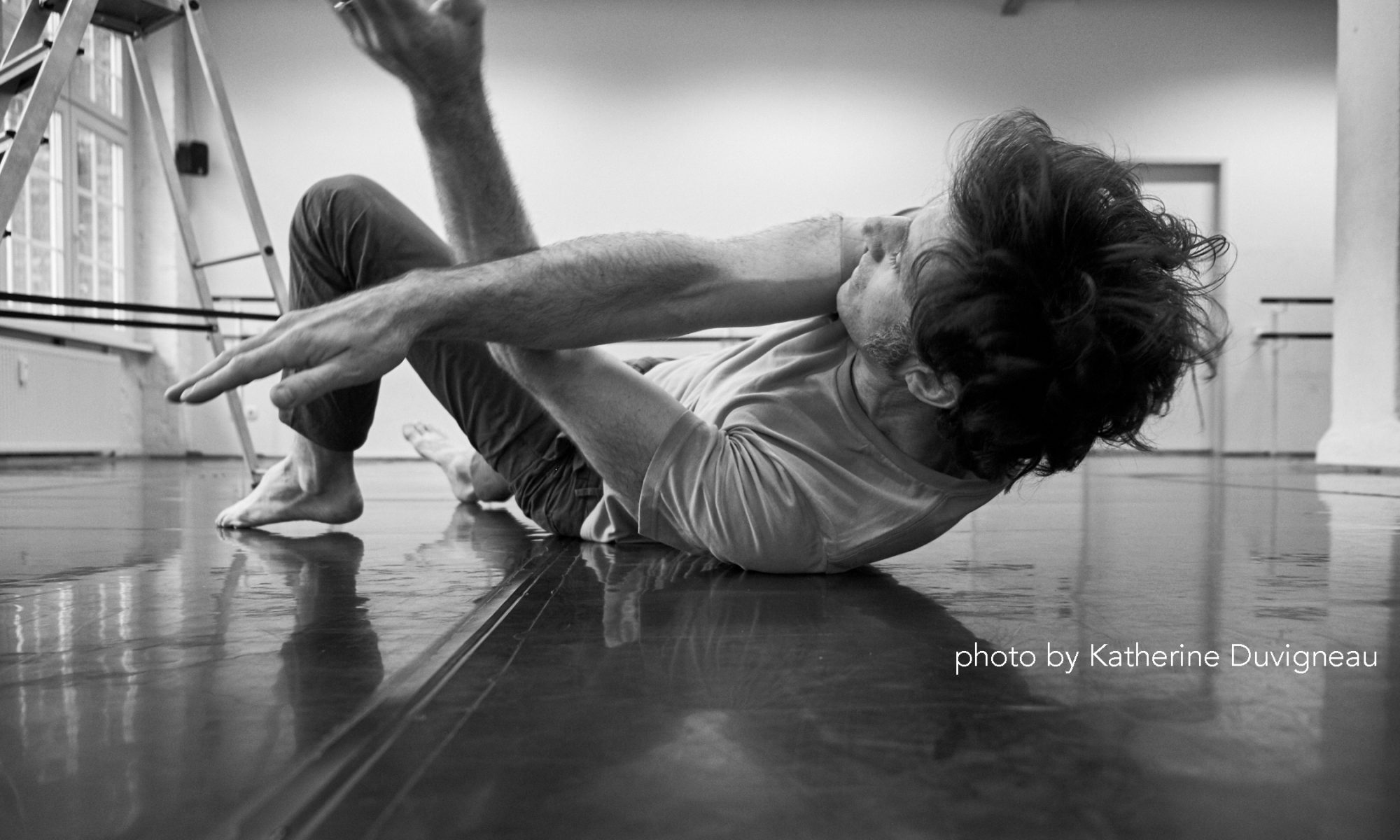
Is improvisation enacted phenomenology?
When improvisation is true to its intent, it never knows where it is going. This is because it is present-centered in its descriptive aims, accounts for temporal change, and does not have appropriate and inappropriate topics. It might move from Zen to dance to baseball to washing dishes, and even isolate a purity of attention that under certain circumstances connects them all. Improvisation develops unpredictably, according to the contents of consciousness. – Andrew Wass
original text below
When phenomenology is true to its intent, it never knows where it is going. This is because it is present-centered in its descriptive aims, accounts for temporal change, and does not have appropriate and inappropriate topics. It might move from Zen to dance to baseball to washing dishes, and even isolate a purity of attention that under certain circumstances connects them all. Phenomenology develops unpredictably, according to the contents of consciousness.
Sondra Fraleigh
A Vulnerable Glance, Dance Research Journal, v. 23 issue 1 1991, p.11)
determinate action

the constancy hypothesis
P = f(xe) + f(xi)
where pure noetic moments reside
On the other hand, however, noesis can be also divided into a dynamic side, where pure noetic moments reside, and the passive side of hyletic data.- Kosowski, Lukasz.
Phenomenology & Mind : Noema and Thinkability : An Essay on Husserl’s Theory of Intentionality. Munchen, DEU: Walter de Gruyter, 2013. ProQuest ebrary. Web. 21 December 2015.
Copyright © 2013. Walter de Gruyter. All rights reserved.
Oh, the Places you’ll go
This means that every act that is composed of A, is also composed of A’s predecessor and successor. – Phenomenology & Mind : Noema and Thinkability : An Essay on Husserl’s Theory of Intentionality by Lukasz Kosowski pg 67.
in other words: Where you are is determined by where you have been and determines where you can go.
Motion and Emotion
A movement-deficient understanding of emotion is an impoverished understanding of emotion – Maxine Sheets-Johnstone. pg 214 of The Corporeal Turn
